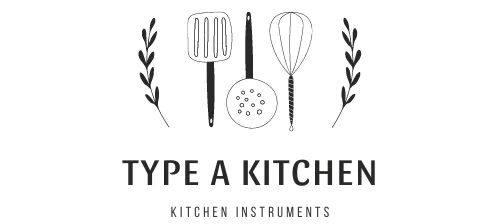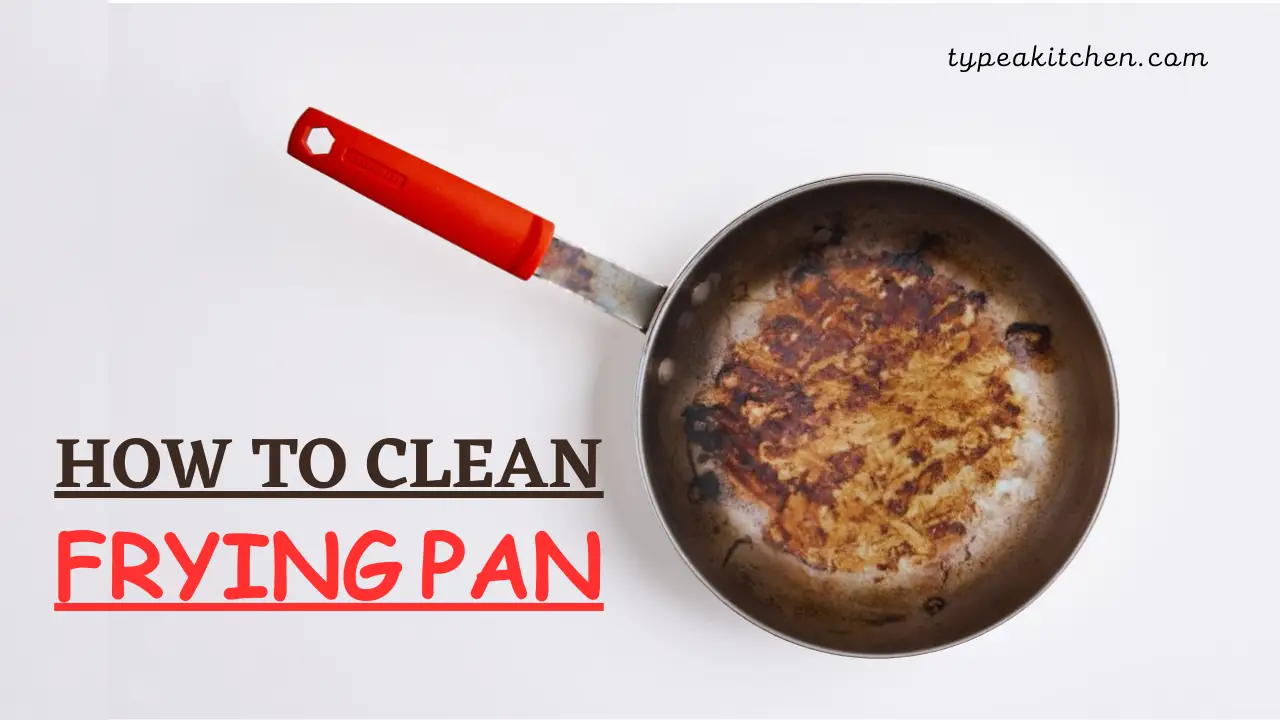Introduction:
A frying pan, also known as a skillet, is an indispensable kitchen item and can be used to prepare food in many different ways. The most common use of a frying pan is to cook food over direct heat, but it can also be used for stir-frying, sautéing, steaming, braising, poaching, deep-frying, and more. It is typically made from metal such as aluminum or stainless steel and has a long handle for safe maneuvering of the pan over a heat source. Frying pans come in various sizes and shapes to accommodate different cooking preparations.
Cleaning a frying pan can be simple or more complex depending on the type of material it is made from. Aluminum and stainless steel pans are easier to clean than cast iron pans which require more maintenance. Non-stick frying pans have their own cleaning instructions as using abrasive cleaners or scrubbing pads can damage the non-stick coating. All frying pans should be washed with hot, soapy water and a non-abrasive sponge or cloth after each use.
Overview of how to clean frying pan:
Use a spatula or spoon to remove stuck-on food particles from the surface of the pan. For tougher residue, use a plastic scraper or brush to gently scrape away any remaining bits. Fill the sink with hot water and add some dish soap. Place the frying pan in the sink and let it soak for a few minutes. Scrub the pan with a non-abrasive sponge or cloth using small circular motions to remove any remaining food particles. Rinse off all of the soap and then dry the pan with a clean, soft cloth.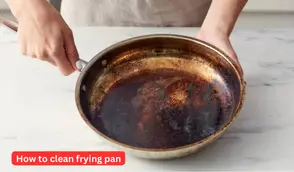
For aluminum or stainless steel pans, the cleaning process is usually complete. For cast iron or non-stick pans, an additional step may be necessary. For cast iron pans, it is important to season them after each use to ensure that food does not stick and that the pan remains rust-free. This can be done by wiping a thin layer of oil onto the inner surface of the pan using a paper towel. For non-stick pans, it is important to use only wooden or plastic utensils and not metal ones so that the coating does not get scratched.
10 ways how to clean frying pan:
1. Rinse with Hot Water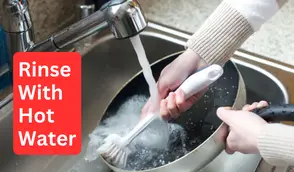
Before cleaning a frying pan, it’s important to rinse off any stuck-on food particles with hot water. Doing this will help loosen the food particles and make them easier to remove.
2. Use Soap and a Soft Sponge
Wash the frying pan with hot, soapy water and a non-abrasive sponge or cloth using small circular motions. This will help remove any remaining food particles without damaging the pan.
3. Soak in Hot Water and Dish Soap
For tougher food particles, or to remove burned-on residue, fill the sink with hot water and add some dish soap. Place the frying pan in the sink and let it soak for a few minutes. Then scrub with a non-abrasive sponge or cloth using small circular motions.
4. Scrub with Baking Soda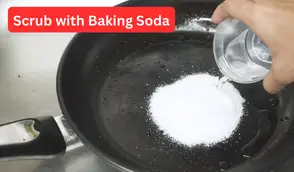
For tougher stains, baking soda can be used to remove them. To do this, mix a tablespoon of baking soda in a cup of water and scrub the stained area with a non-abrasive sponge or cloth.
5. Use Vinegar and Water Solution
Vinegar can be used to clean a frying pan and remove any stuck-on food particles. To do this, mix equal parts vinegar and water in a bowl and apply it to the surface of the pan. Scrub with a non-abrasive sponge or cloth using small circular motions.
6. Use Salt and Oil to Scrub
For stubborn stains, a mixture of salt and oil can be used to scrub them away. To do this, pour a handful of salt onto the stained area and then add a few drops of oil. Scrub with a non-abrasive sponge or cloth using small circular motions.
7. Try a Commercial Cleaner
If the stains are still not coming off, a commercial cleaner can be used. Be sure to read and follow the directions on the package for best results.
8. Use Boiling Water
For really tough stains, boil a pot of water and pour it over the stained area. Let sit for a few minutes before scrubbing with a non-abrasive sponge or cloth.
9. Clean with Lemon Juice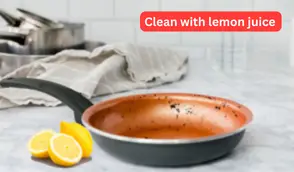
Lemon juice can be used to clean a frying pan and remove any stuck-on food particles. To do this, mix equal parts lemon juice and water in a bowl and apply it to the surface of the pan. Scrub with a non-abrasive sponge or cloth using small circular motions.
10. Season Your Frying Pan After Cleaning
For cast iron or non-stick pans, it is important to season them after each use. For cast iron pans, wipe a thin layer of oil onto the inner surface of the pan using a paper towel. For non-stick pans, use only wooden or plastic utensils and not metal ones so that the coating does not get scratched.
Finally, make sure to dry the pan with a clean, soft cloth after cleaning. This will help keep the pan in top condition and free from rust or other damage. Following these simple steps will ensure that your frying pans stay clean, free from residue, and in perfect condition for years to come.
Once you have followed these steps, the frying pan’s final step is to make sure that it is completely dry before storing it away. Doing this will prevent any rust or discoloration from forming on the surface.
So, the next time you’re cleaning your frying pan, remember these 10 easy steps to keep it looking good and make sure it lasts a long time.
Happy cleaning!
Conclusion:
Frying pans are an essential tool in any kitchen and with proper care and cleaning can last many years. Knowing how to properly clean and care for your frying pan will ensure that it looks great and functions well for a long time. By following these simple steps, you can effectively clean and protect your frying pan so that it can serve you well for years to come. So grab a non-abrasive sponge and start scrubbing!
